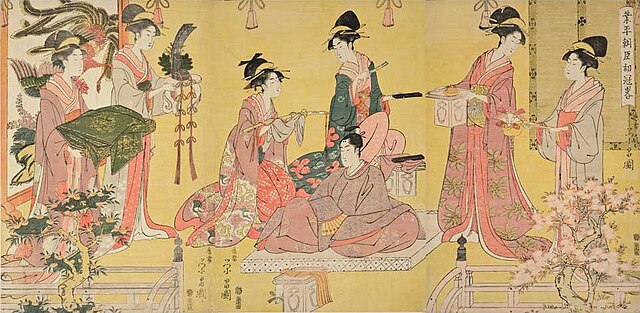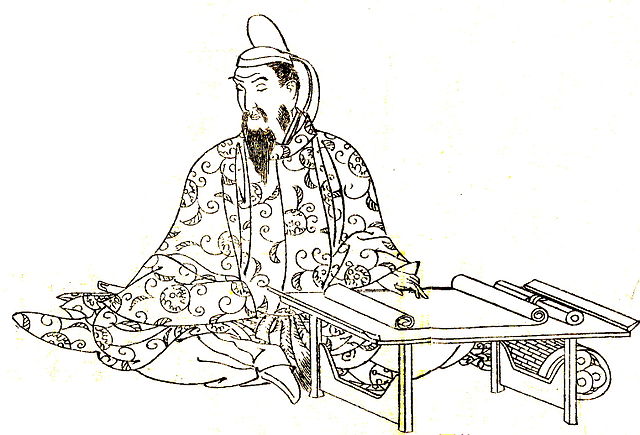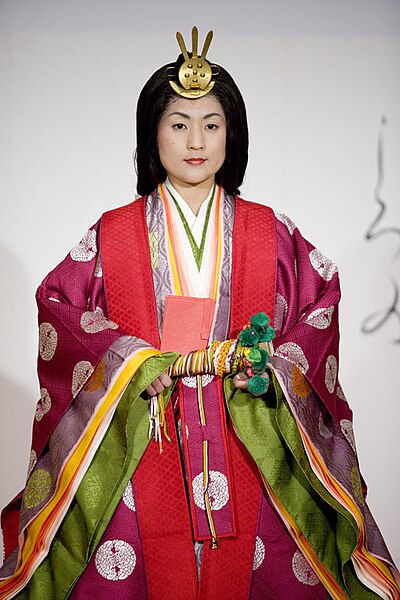Wakashū is a historical Japanese term indicating an adolescent boy, used particularly during the Edo period (1603–1867). Wakashū status was indicated by haircut.
Woodblock print by Ishikawa Toyonobu, c. 1740, showing two actors portraying a wakashū (left) and an adult man (right). Note the difference in hairstyle.
A wakashū (seated) and his female companion in elegant autumn surroundings. Note furisode sleeves worn by both. Suzuki Harunobu, polychrome woodblock print, c. 1770
Coming of Age Day is a public holiday in Japan held annually on the second Monday of January under the Happy Monday System. It is held in order to congratulate and encourage all those who have already reached the age of maturity between April 2 of the previous year and April 1 of the current year, and to help them realise that they have become adults. Festivities include coming of age ceremonies held at local and prefectural offices, as well as after-parties among family and friends.
Young women celebrating Coming of Age Day at Meiji Shrine in Tokyo, 2008
A late 18th-century parody of the genpuku (coming-of-age ceremony) of a minister, with most of the celebrants represented by courtesans
A politician and court noble during the Heian period seen wearing traditional court cap and garb
A young woman models a jūnihitoe, a 12-layered formal court dress worn by women during the Heian period, during a demonstration of traditional Japanese culture






